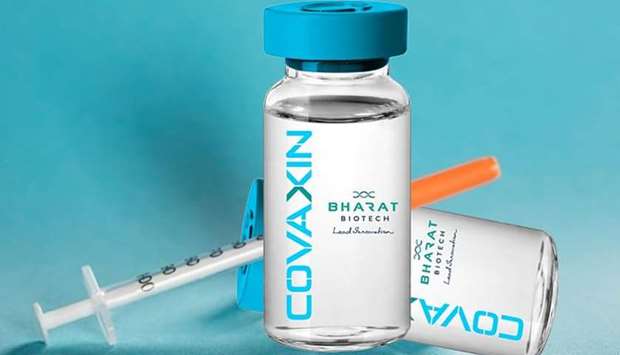The World Health Organisation yesterday asked for further data from India’s Bharat Biotech to consider the company’s request for an emergency-use listing for its Covid-19 shot, saying the WHO could not “cut corners” in making a decision.
Bharat Biotech, which developed Covaxin with an Indian state research body, started sharing data with the WHO from early July.
The vaccine was given emergency-use authorisation in India in January even before the completion of a late-stage trial, which later found the shot to be 78% efficacious.
Without a WHO nod, the two-dose Covaxin is unlikely to be accepted as a valid vaccine around the world and would complicate travel plans for tens of millions of Indians who have taken it.
Covaxin accounts for 11% of the 985.5mn total doses administered in India, and has also been exported.
“We are aware that many people are waiting for WHO’s recommendation for Covaxin to be included in the #COVID19 Emergency Use Listing, but we cannot cut corners,” the WHO said on Twitter.
“Before recommending a product for emergency use, we must evaluate it thoroughly to make sure it is safe and effective.”
The WHO was expecting “one additional piece of information from the company”, it added, without specifying.
Bharat Biotech, which has struggled to meet production timelines for Covaxin, had no immediate comment.
WHO chief scientist Soumya Swaminathan said on Sunday its technical advisory group would meet on October 26 to consider the listing for Covaxin.
She said the WHO’s goal was to “have a broad portfolio of vaccines approved for emergency use & to expand access to populations everywhere”.
India is the world’s biggest producer of vaccines, with a capacity to make more than 3bn Covid shots a year, mainly the AstraZeneca one.
Meanwhile, India’s vaccination campaign has slowed despite amassing record stockpiles of vaccine, health ministry data showed yesterday, as authorities maintain a wider-than-usual gap between doses in a strategy that has boosted coverage.
Domestic production of the AstraZeneca vaccine, which accounts for nearly 90% of administered doses, has more than tripled since May, when a supply shortage prompted India to double the period between doses to between 12 and 16 weeks.

India’s Bharat Biotech developed Covaxin
